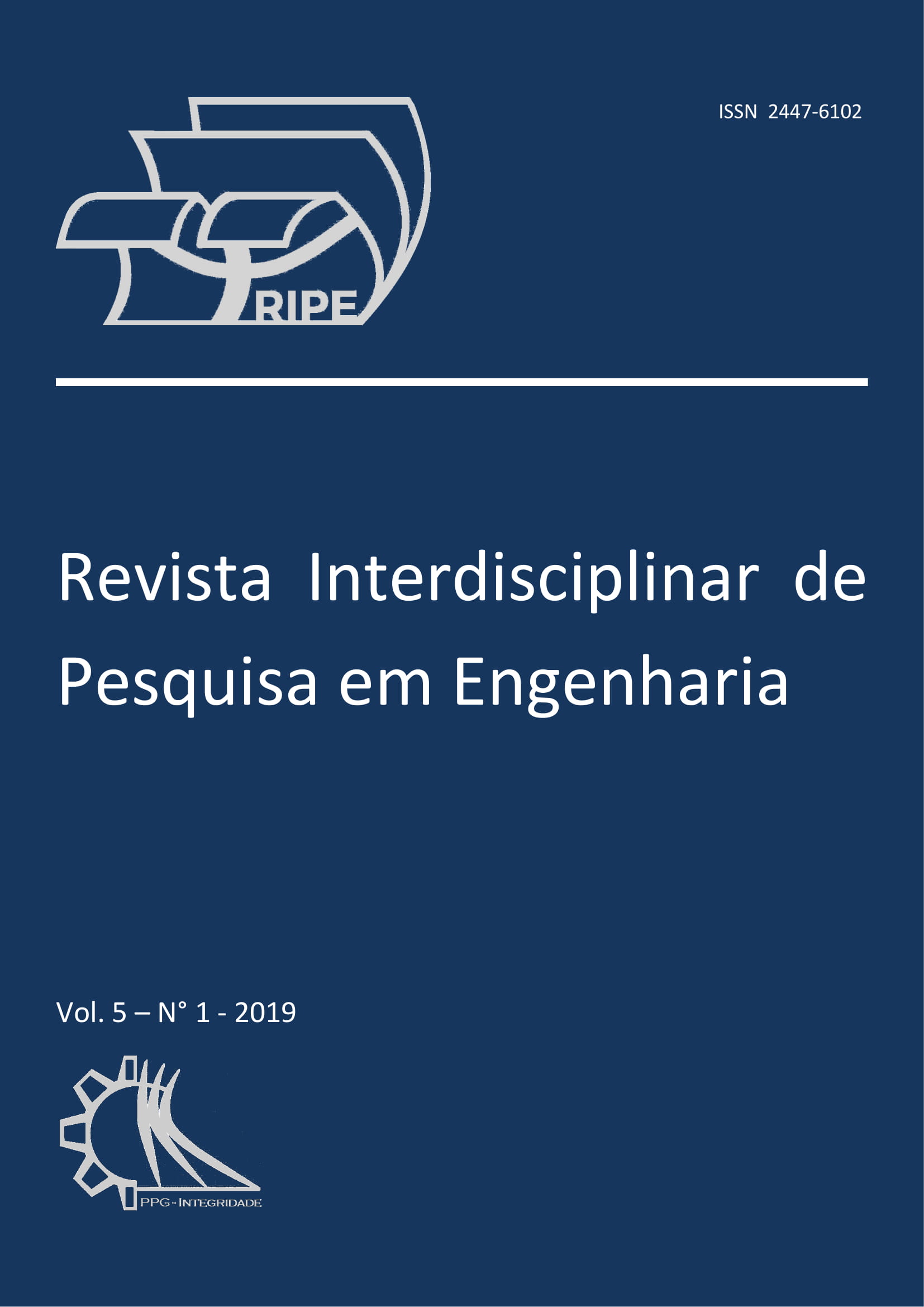Numerical study of Earth-Air Heat Exchanger considering realistic annual temperature variation of air and soil surface in the region of Federal University of Rio Grande - FURG
DOI:
https://doi.org/10.26512/ripe.v5i1.19216Keywords:
Earth-Air Heat Exchanger (EAHE). Renewable energy. Computational modeling. FLUENT.Abstract
In order to improve the thermal condition inside built environments and consequently to reduce the consumption of electricity, the Earth-Air Heat Exchanger (EAHE) is a device that uses renewable energy from the solar radiation that reaches the soil surface and is deposited in the form of thermal energy. Its operating principle consists of forcing the ambient air to flow inside one or more ducts buried in the ground, which due to its thermal inertia allows the heat exchange with the flowing air. In this way, the soil removes heat from the air in seasons of higher temperatures, and provides heat to the air in seasons of the year when temperatures are lower. Thus, this work has the objective of analyzing numerically the thermal behavior of an EAHE installation, considering the soil of a region of the Federal University of Rio Grande (FURG), as well as the realistic annual temperature variation of air and surface for this region. Through a validated and verified computational model, numerical simulations were performed in Fluent software (based on the Finite Volume Method). The results indicated that the ideal installation depth for the EAHE is 2.00 m, with thermal potential for improving the thermal condition of environments built in both summer and winter.
Downloads
Downloads
Published
How to Cite
Issue
Section
License
Given the public access policy of the journal, the use of the published texts is free, with the obligation of recognizing the original authorship and the first publication in this journal. The authors of the published contributions are entirely and exclusively responsible for their contents.
1. The authors authorize the publication of the article in this journal.
2. The authors guarantee that the contribution is original, and take full responsibility for its content in case of impugnation by third parties.
3. The authors guarantee that the contribution is not under evaluation in another journal.
4. The authors keep the copyright and convey to the journal the right of first publication, the work being licensed under a Creative Commons Attribution License-BY.
5. The authors are allowed and stimulated to publicize and distribute their work on-line after the publication in the journal.
6. The authors of the approved works authorize the journal to distribute their content, after publication, for reproduction in content indexes, virtual libraries and similars.
7. The editors reserve the right to make adjustments to the text and to adequate the article to the editorial rules of the journal.










